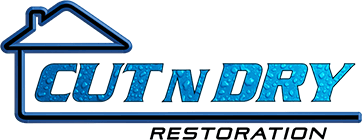What to Do if You Find Mold
Discovering mold growing in your home is a big deal. Mold contributes to health issues, damages your home, and grows at a rapid rate when it’s not properly removed.
Mold grows in damp areas and can lead to respiratory problems and other health-related issues while also causing damage to your home. You may feel tempted to remove the mold yourself, which can be dangerous to your home and your health.
What is Mold?
Mold is a fungus that grows in patches and affects the interior of surfaces. Mold builds up in poorly ventilated and damp areas like bathrooms, laundry rooms, kitchens, garages, and other places where moisture is present.
How to Correctly Identify Mold
So you think you found mold, but you’re not sure? Mold can grow just about anywhere there’s moisture, so you may not notice it at first glance. One of the most visible signs of mold is mildew growth and it can appear as small black spots on surfaces like walls, ceilings, and bathroom tiles.
Sometimes mildew can appear to be dirt, but you can test for mold and mildew by dabbing a few drops of bleach on the spotted area. Mildew will disappear after a few minutes, but dirt will remain in the same spot, and that’s how you will know one of the first indicators your home has mold.
Types of Mold
There are different types of mold that can be found in your house and some of them are found on surfaces like clothing and paper products in addition to walls.
Here are some types of mold that can be found in households:
- Cladosporium: This type of mold is usually found on wood surfaces like cabinets, hardwood floors, drapery, and carpeting. It is typically black or green in color and can develop in cool areas. Cladosporium can cause health issues like respiratory problems.
- Alternaria: This type of mold grows after your home has experienced water damage. It has a wooly texture and can be brown, gray, or black. It can also be found in damp areas like showers and windows.
- Penicillium: This type of mold spreads easily and can appear to be green or blue in color. As one of the most distinct types of mold that can grow in your home, penicillium can be a bit smelly because of its musty odor. It grows on materials that have come in contact with water like wallpaper, carpet, and insulation.
- Stachybotrys chartarum: As one of the most common types of mold found in homes, this type of mold is commonly known as black mold. Like penicillium, it produces a musty odor and grows in damp areas like other household molds. Black mold can easily grow in areas where you have leaky pipes, high levels of condensation, and is one of the most dangerous types of mold. It can lead to severe health-related issues like asthma, sinus infections, allergies, respiratory issues, and sometimes even depression.
How to Clean Mold
Before taking any action yourself, you should always wear protective gear when cleaning mold and mildew. Wearing protective clothing can also help ensure that you don’t spread the mold. Here’s what you will need:
Rubber gloves
Rags and scrub brush
A mask
Detergent
Work clothes or old clothes
Plastic garbage bag
White vinegar
Eye goggles or protection
Once you have your protective gear, you can slowly remove mildew. Mildew is easier to clean than mold because it can be removed with a scrubbing brush along with your cleaning supplies. Be sure to clean the spot that is covered in mold along with the area around it.
Mold can be a little more tricky to remove than mildew, however, with the help of a professional, it can be removed without spreading to new areas. Our mold remediation team at Cut N Dry Restoration can safely remove mold from your home as well as search for mold in areas that you may not be aware mold is present. Give us a call at (909) 829-5002 to schedule an inspection for mold remediation.


.2109090609550.jpg)